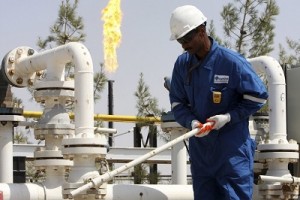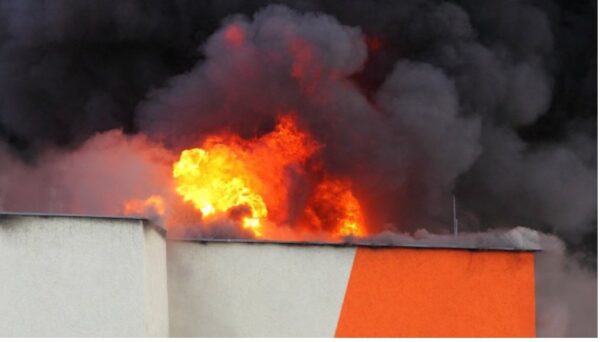Diesel Glut Set To Weigh On Crude Prices
 The collapse in oil prices has been a boon for the world’s refineries, boosting margins and the profitability of turning crude into gasoline after five years of lean times for the industry.
The collapse in oil prices has been a boon for the world’s refineries, boosting margins and the profitability of turning crude into gasoline after five years of lean times for the industry.
Gasoline demand has risen in the past year as prices at the pump have fallen, spurring companies to run their refineries at full pelt.
But there has been a knock-on effect — a ramp up in output of other refined products such as diesel, jet fuel and heating oil that has far outpaced the need for them. For every crude barrel processed to make gasoline, refiners also produce these so-called middle distillates, meaning it is not just crude stockpiles that are rising.
Faced with swelling supplies some refiners, particularly in the US and China, have dumped it on to world markets by selling it to traders at a discount in the absence of enough storage.
Changes in energy consumption in countries such as China, where a move towards a more consumer-led economy is boosting gasoline consumption over diesel, is adding further pressure. Massive refineries geared towards producing diesel in the Middle East and Asia — commissioned at a time when diesel growth was a dominant trend in the market — have also increased the surplus.
Some industry watchers are now concerned about the boomerang effect lower prices for diesel and other distillates could have on crude oil. Philip Verleger, a veteran independent oil analyst, has gone as far as saying benchmark crude prices could face “Armageddon” in the near future.
“Demand for gasoline has been really strong globally, from Europe to Asia and the US,” says Michael Dei-Michei, an analyst at Vienna-based JBC Energy.
“Diesel has been weaker. Gasoline is far more price sensitive as it is a consumer-led fuel, while diesel is used mainly in trucks and other commercial vehicles. Businesses will try to be as conservative as they can.”
Middle distillates now account for more than half of global oil stock builds, analysts say. Inventories are up by 150m barrels this year so far, compared with the same period in 2014, according to JBC. Crude stocks in onshore facilities, meanwhile, have risen by 250m barrels year-over-year.
While the onset of winter usually boosts demand for heating fuel, the effect may not be as strong this year as consumers may have already stocked up by taking advantage of cheaper prices earlier in the year.
Traders and analysts say the glut of middle distillates is also likely to keep a lid on crude prices. As the price of diesel and other distillates falls relative to other products, refining margins should ease, lowering the incentive to run refineries as hard. Gasoline demand is expected to dip now the peak of summer demand in the western hemisphere is over.
Wholesale diesel prices have dropped 42 per cent in the last year to around $63 a barrel and the market is showing signs of oversupply.
Contracts for immediate delivery on ICE gas oil, the main futures contract used by companies to hedge diesel exposure, are trading at a big discount of around $5 a barrel compared with those for delivery in 12 months’ time.







